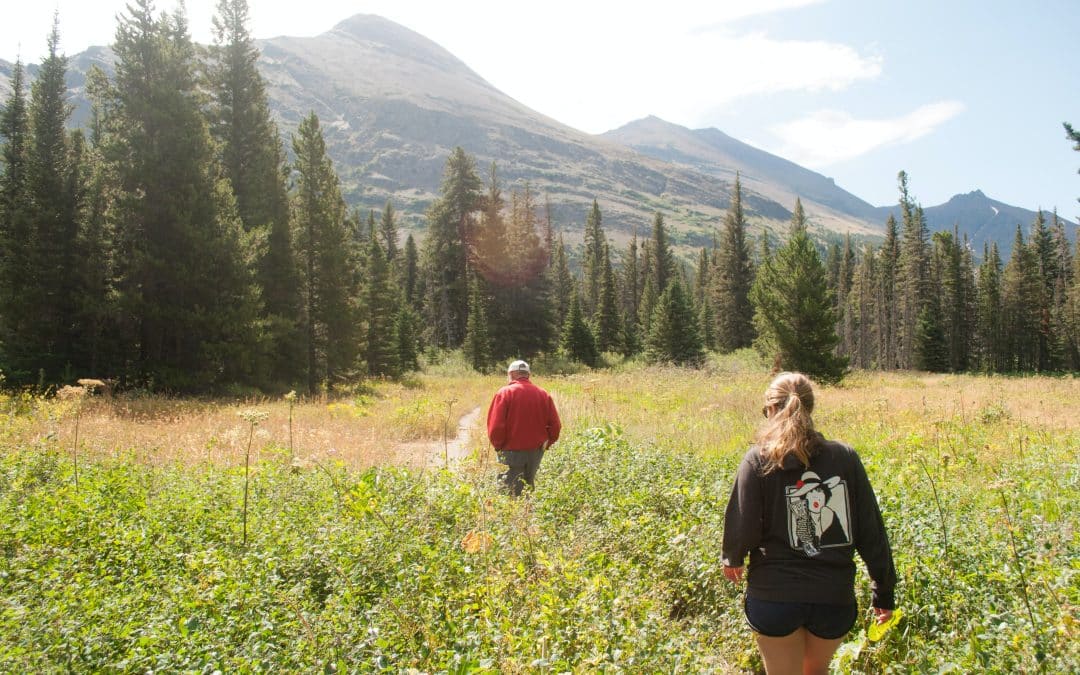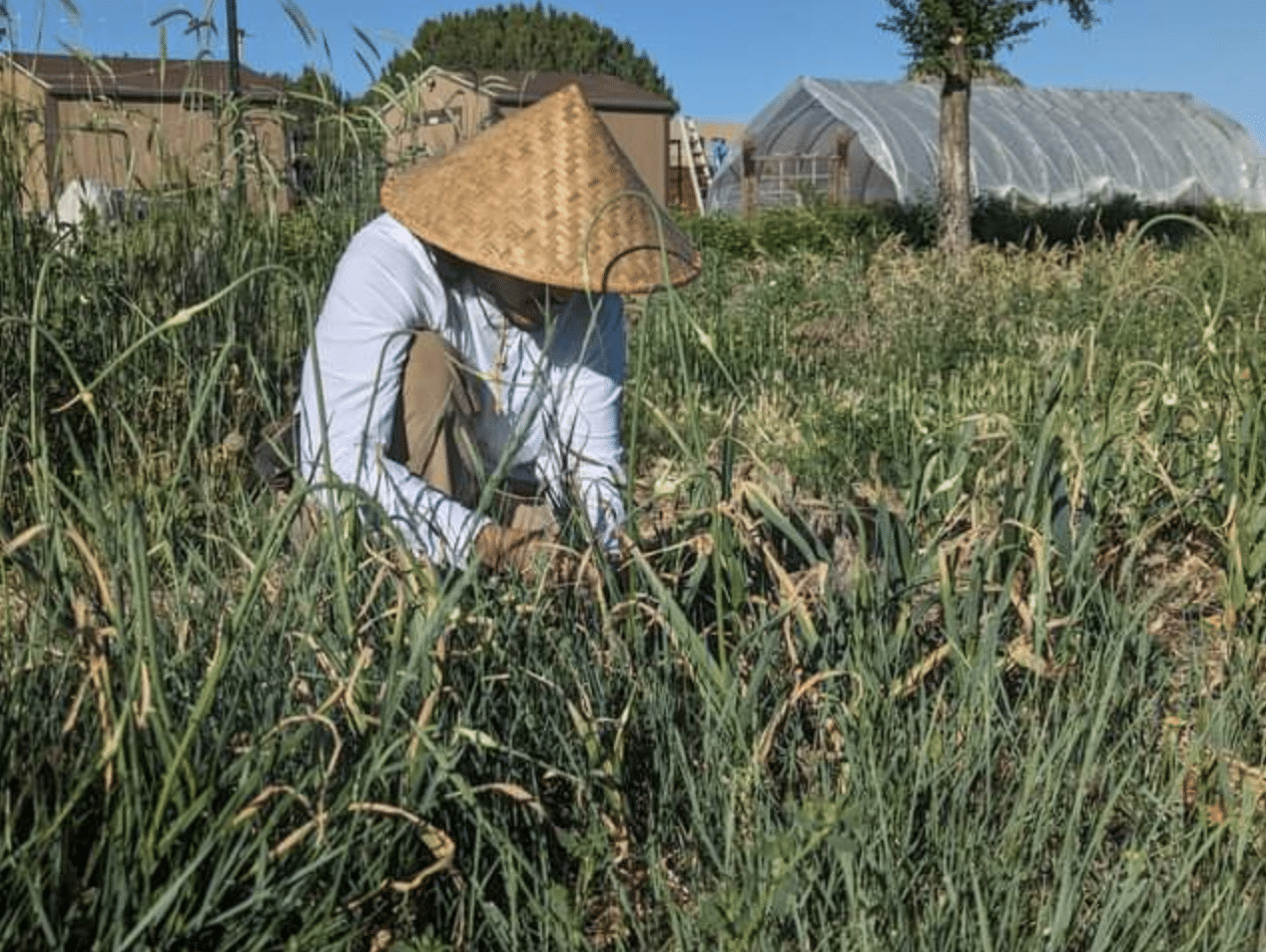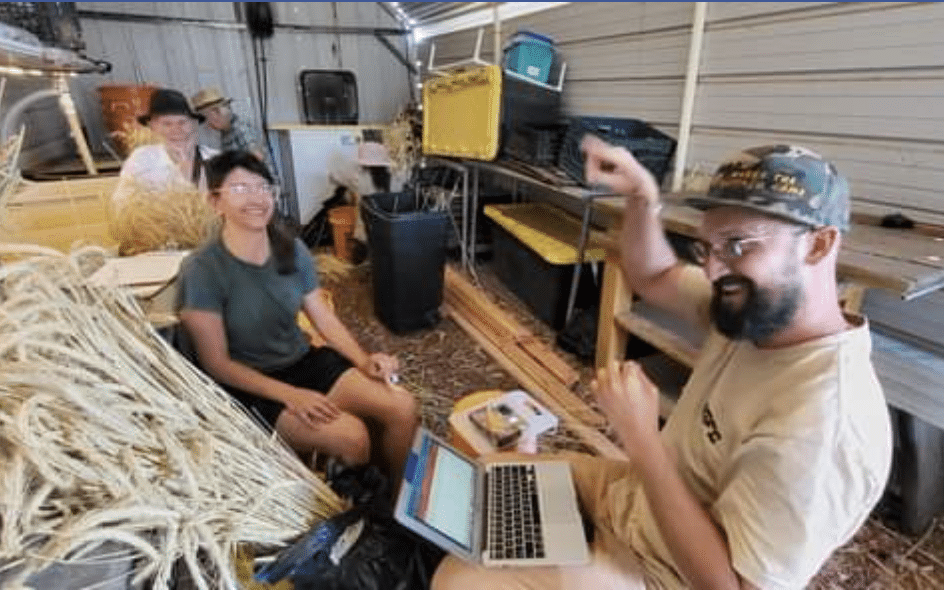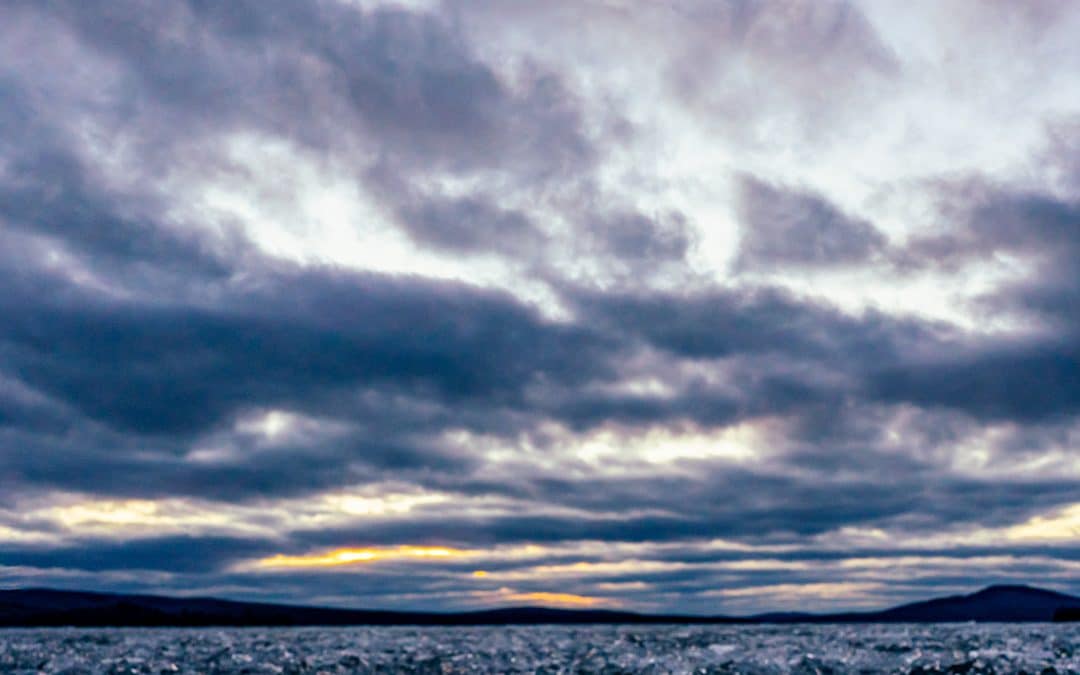
Nature as a Tool for Psychedelic Integration
Harmonising Psychedelics and Nature: The Path to Healing, Growth, and Integration
In our fast-paced, modern world, many of us find ourselves disconnected from nature and, in some ways, from our own inner selves. The rise of interest in psychedelics for therapeutic purposes has brought with it a profound opportunity for healing, growth, and self-discovery. When we combine the power of psychedelics with connection to the natural world, we open the door to a transformative experience known as psychedelic integration.
The healing potential of nature can be a trusted ally when in your process of unraveling. Research into Ecotherapy, a form of therapy that involves engaging in outdoor activities amidst nature developed by Theodore Roszak, has demonstrated its effectiveness in alleviating mild to moderate depression. This perspective arises from the belief that individuals are interconnected with the broader web of life, and that our psychological well-being is intricately linked with, rather than isolated from, our environment. When we incorporate psychedelics into this equation, we tap into a synergistic relationship that can be profoundly beneficial.
Psychedelics have gained recognition for their capacity to induce non-ordinary states of consciousness. These non-ordinary states can provide insights into our thoughts, emotions, and behaviours, allowing us to explore the depths of our psyche. However, this journey can be intense and challenging and nature provides a serene backdrop for introspection.
When combined with psychedelics, Nature becomes a space for profound self-reflection and contemplation, helping individuals gain clarity about their life’s path and purpose. The sights, sounds, and sensations of nature encourage mindfulness and being present in the moment helping individuals navigate the challenges of integrating psychedelic experiences. According to a reflection of the shadow side of psychedelic integration by Lucid News, a study conducted by Anna Lutkajtis and Jules Evans found that 30% of participants that attended a retreat space in the Netherlands experienced difficulties integrating the experience. Some difficulties can arise from an individual’s past health conditions, such as panic attacks, headaches or mental discomforts. Evans mentions, “anxiety and panic attacks seem to be the most common difficulties reported, followed by dissociation and feelings of confusion about what is real. People also report depersonalisation and fear of permanent damage”. As we experience the potential side effects of individual self-exploration, finding ways to create supportive spaces are increasingly important.
Some of the benefits we have witnessed by choosing to spend time integrating psychedelic experiences through nature can be seen through, enhanced connection, emotional healing, clarity and reflection, presence, personal growth, and stress reduction.
Nature facilitates a deep sense of interconnectedness, which aligns with the feelings of unity and oneness experienced during psychedelic journeys. Psychedelics can also bring unresolved emotions to the surface. In the tranquility of nature, individuals have the space and support to process and heal from these emotions.
Clinical psychologist and Founder of ACER Integration, an integration community for connecting to the self, others, and the natural world, Dr. Rosalind Watts, reminds us that, “As we recognise the many ways that we have become disconnected from ourselves, each other, and the natural world, we are called to build new structures and tools that help us come home to our innate belonging together.” Dr. Watts’ implementation of the ACER model Integration Cycle offers a year-long transformative journey that provides a comprehensive framework for individuals seeking a deeper and more thoughtful integration into their lives. The ACER Model, which stands for Accept, Connect, Embody, and Restore, guides participants through a real-time experience within a close-knit community. This collective approach proves invaluable for overall well-being. Rooted in principles of acceptance and commitment therapy and eco-psychology, the ACER Integration Cycle is not a substitute for therapy or counseling. Instead, it serves as a holistic guide to self-discovery and growth, emphasizing the importance of consulting healthcare professionals for any medical, psychological, or physiological concerns.
When we include psychedelics into our healing journey, the experience often highlights areas for personal growth and transformation that requires patience and time. Nature, with its cycles, offers metaphors and lessons that can guide individuals as they work towards compassionate change in themselves and their surroundings. By merging the profound insights of psychedelic experiences with the nurturing embrace of the natural world, individuals can harness the full potential of these transformative journeys. It’s a harmonious synergy that allows us to reconnect with ourselves, with each other, and our environment, ultimately leading to a more balanced and fulfilled life.





